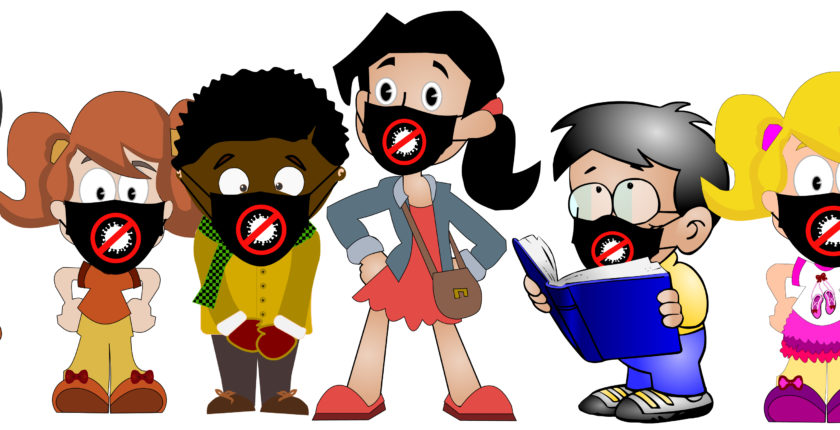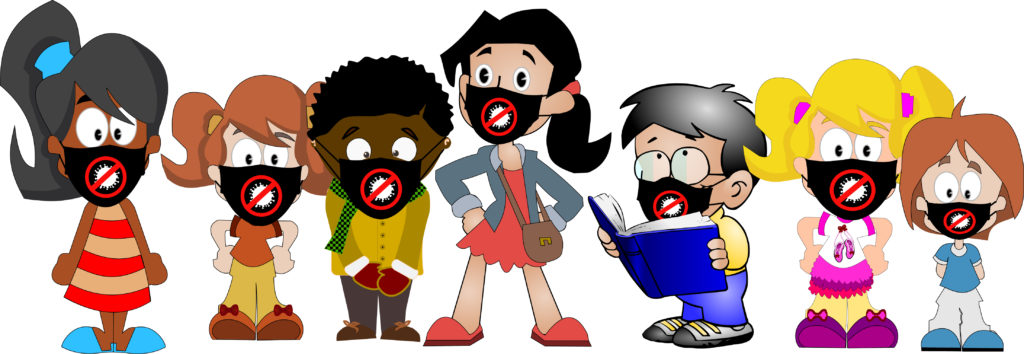About Us
Micro Schools, Pandemic Pods, & Educational Family Co-ops
- July 24, 2020
- Posted by: Olga Werby
- Category: Articles on Teaching Supermarket Science Background

There are several ideas bouncing about the internet on what constitutes alternative schools in the age of pandemic. The diagram above is the synthesis of these ideas. I believe it is important to carefully identify the different options parents have for what to do with their kids in the fall. Basically there are three ideas that are being merged into one:
There are the Pandemic Pods — small groups of people, usually just a few families, that agree to take all of the same safety precautions and thus expand their quarantine circle. So for my family, it’s me and my husband and his 90-year-old mother. My sister and her husband are podding together with my parents. My sister-in-law is podding with her friend. My brother-in-law is podding with his wife and adult daughter. The idea is to keep the number of people in a pod very small to contain the risks for everyone. Canada even came up with a name for it: Family Bubbles. You can read about how it went in this Washington Post Article.
Then there are Micro School — usually a one-classroom arrangement with about a dozen kids or less. There have always been Micro Schools. The idea is not new. A few families get together and organize an instructional setting for their kids. They usually hire a teacher or multiple teachers for multiple subjects. They might even rent a space to hold the classes. This setup can be cheap or expensive depending on the needs of the families. Micro Schools allows kids (with a slight spread in age) to socialize together and form friendships. That’s the biggest advantage of Micro Schools over private tutoring. That and parents’ total control over the choice of the teacher.
And finally, there are Babysitting Family Co-ops — an arraignment between several families to take turns during the week to mind all of the children after school. It is an inexpensive and fun childcare solution. Kids and parents form long term bonds and families save a lot of money on childcare.
If we plot these three ideas on a Venn diagram, we get what you would get four possibilities. If you crossed a Pandemic Pod with a Babysitting Family Co-op, the result is a Family Bubble — all the advantage of a Babysitting Family Co-op and a Pandemic Pod. If you crossed a Micro School with a Babysitting Family Co-op, you’d get an Educational Family Co-op — an arrangement discussed in detail here. Crossing Micro Schools with Pandemic Pods creates Pandemic School Pods. Pandemic School Pods come in many flavors and can vary drastically in costs.

The most interesting, to me, possibility comes from the very center of this diagram — the intersection of Pandemic Pods, Micro Schools, and Family Co-ops — Pandemic Educational Family Co-ops. I believe that this arrangement, where several families get together and agree to share responsibility for educating their kids while also adhering to strict pandemic protocols, is the most practical for most, average families this fall. It is the least expensive and it allows parents to work while still keeping up their kids’ educational goals.
The curriculum materials provided here for free are aimed at all types of Micro Schools, but for most families, it is the Pandemic Educational Family Co-ops that are the most doable and the most within reach.
